Injury Claim FAQs
 The Dietrich Law Firm P.C.’s battle-tested attorneys have seen the devastating impact serious accidents can have on victims and, ultimately, their loved ones. After suffering severe injuries in a personal injury accident, it is not unusual for victims to have many unanswered questions. Our elite team has compiled a list of frequently asked questions and answers regarding injury claims. Below are our answers to the most common questions about accident claims.
The Dietrich Law Firm P.C.’s battle-tested attorneys have seen the devastating impact serious accidents can have on victims and, ultimately, their loved ones. After suffering severe injuries in a personal injury accident, it is not unusual for victims to have many unanswered questions. Our elite team has compiled a list of frequently asked questions and answers regarding injury claims. Below are our answers to the most common questions about accident claims.
- Do I have a personal injury case? Suppose you believe you have suffered an injury caused by another’s negligence or recklessness. In that case, you might be entitled to pursue a personal injury claim.
- What are the most common causes of personal injuries? The most prevalent types of personal injury cases our attorneys encounter are car collisions, motorcycle crashes, slip and fall accidents, dog bite injuries, product liability claims, and medical malpractice cases.
 Buffalo Personal Injury Lawyer News
Buffalo Personal Injury Lawyer News


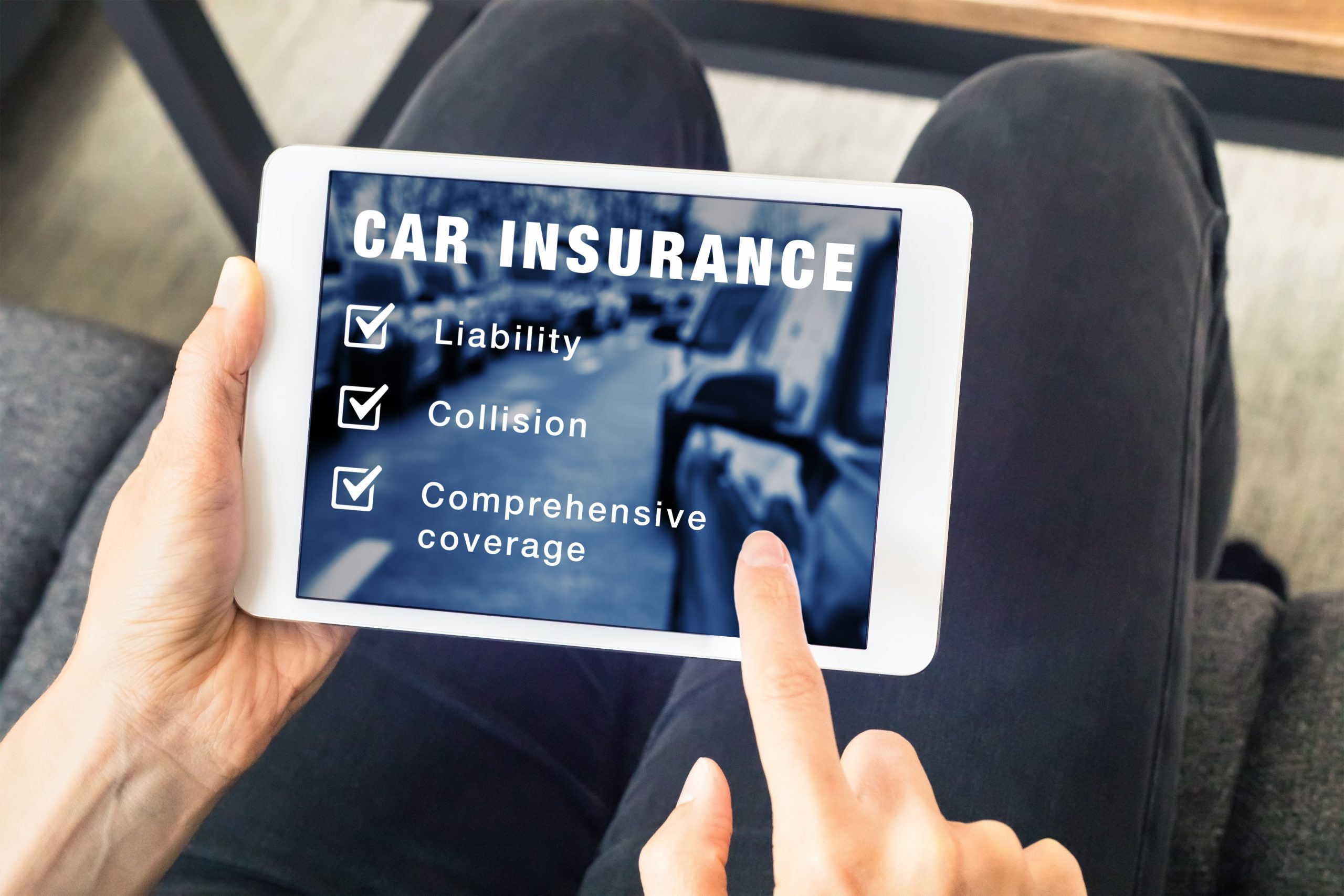 Every motorist must have automobile insurance to drive in New York State legally. You must fully understand your insurance policy because your coverage will determine what compensation you may receive in the unfortunate event of a collision.
Every motorist must have automobile insurance to drive in New York State legally. You must fully understand your insurance policy because your coverage will determine what compensation you may receive in the unfortunate event of a collision. 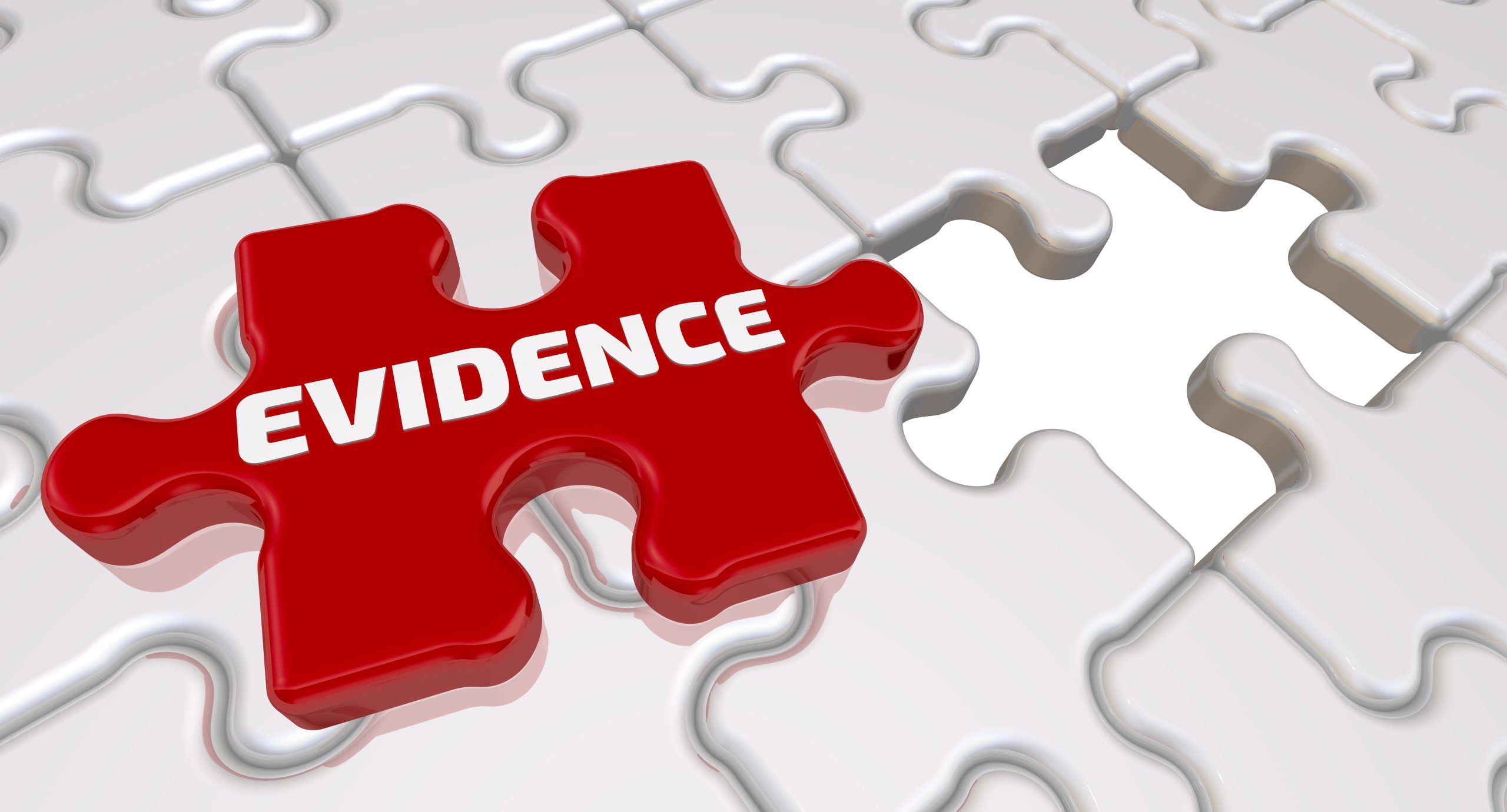 Suppose that you were severely injured because of another’s carelessness or recklessness. You may wonder how much evidence you need to win your personal injury lawsuit. Under New York law, plaintiffs in personal injury cases have the burden of proof. In other words, for the defendant to be held legally responsible, you must prove that they were negligent. Considering that insurance adjusters and jury members were not at the accident scene, your lawyer must use evidence to demonstrate your version of events. The outcome of your case will be highly contingent upon the quality of evidence you can provide. The more evidence your attorney has to substantiate the case, the higher your chances are of reaching a reasonable settlement or winning in court.
Suppose that you were severely injured because of another’s carelessness or recklessness. You may wonder how much evidence you need to win your personal injury lawsuit. Under New York law, plaintiffs in personal injury cases have the burden of proof. In other words, for the defendant to be held legally responsible, you must prove that they were negligent. Considering that insurance adjusters and jury members were not at the accident scene, your lawyer must use evidence to demonstrate your version of events. The outcome of your case will be highly contingent upon the quality of evidence you can provide. The more evidence your attorney has to substantiate the case, the higher your chances are of reaching a reasonable settlement or winning in court. 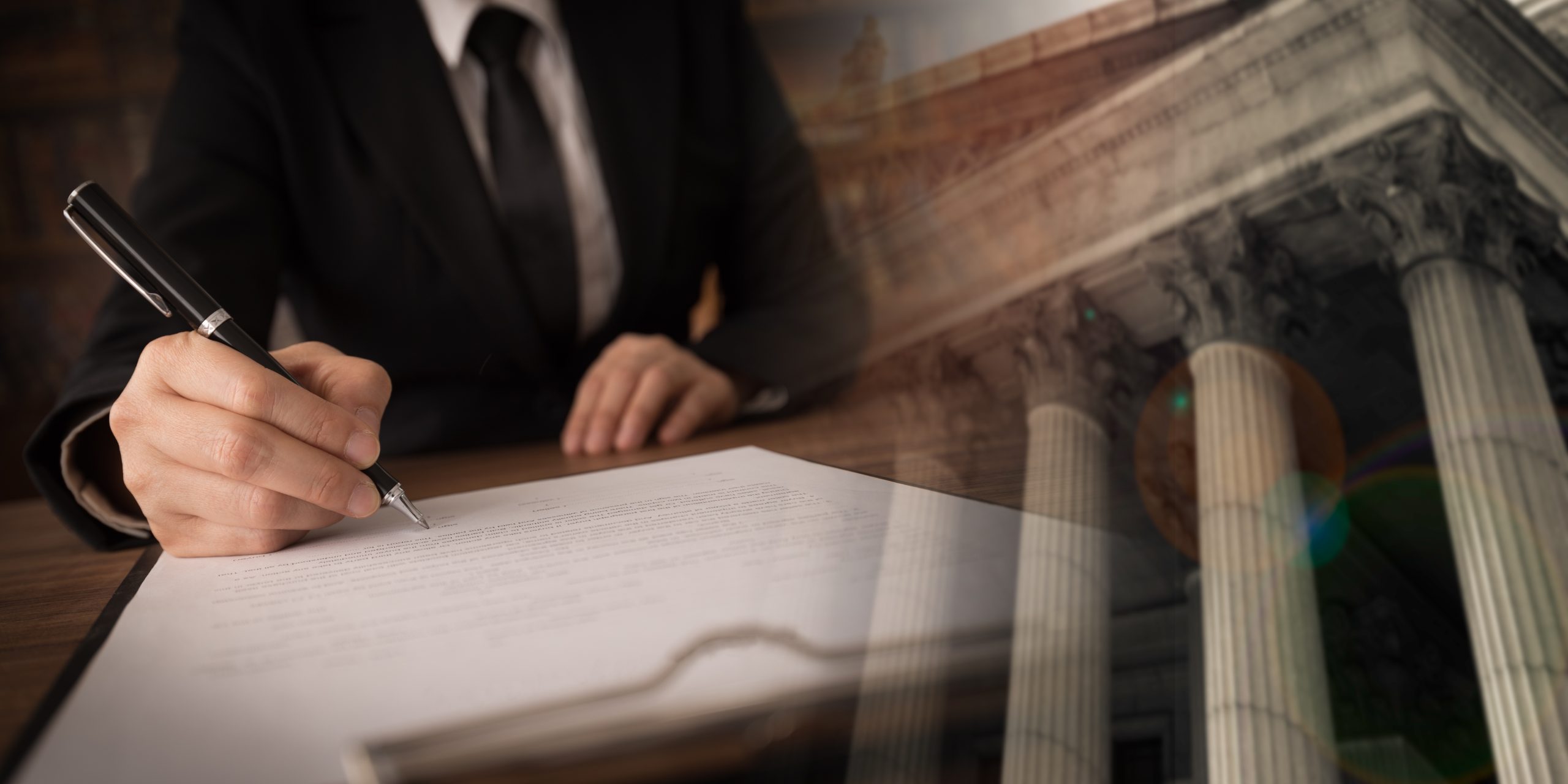 After suffering devastating injuries in any type of accident, you are likely feeling helpless and overwhelmed. If another’s carelessness or irresponsibility caused your injuries, you might be eligible to pursue a personal injury lawsuit. The Dietrich Legal Team’s veteran litigators realize that the litigation process may seem both complex and intimidating. Our lawyers believe that by helping you better understand the legal process, we can eliminate most of your stress and uncertainty.
After suffering devastating injuries in any type of accident, you are likely feeling helpless and overwhelmed. If another’s carelessness or irresponsibility caused your injuries, you might be eligible to pursue a personal injury lawsuit. The Dietrich Legal Team’s veteran litigators realize that the litigation process may seem both complex and intimidating. Our lawyers believe that by helping you better understand the legal process, we can eliminate most of your stress and uncertainty.  Whiplash is an injury to the neck that a violent, swift back-and-forth neck movement can cause. The neck is a highly vulnerable body part, which is left unprotected and unrestrained even when wearing a seatbelt. A car crash victim’s neck can be forcefully jerked or jolted back and forth. Consequently, whiplash is one of the most prevalent injuries suffered in collisions, especially by rear-enders. Whiplash injuries commonly result from slip and fall accidents, physical abuse, and sports mishaps. While most whiplash victims tend to recover within a few weeks of a treatment regime, some victims continue having chronic pain and other persistent complications.
Whiplash is an injury to the neck that a violent, swift back-and-forth neck movement can cause. The neck is a highly vulnerable body part, which is left unprotected and unrestrained even when wearing a seatbelt. A car crash victim’s neck can be forcefully jerked or jolted back and forth. Consequently, whiplash is one of the most prevalent injuries suffered in collisions, especially by rear-enders. Whiplash injuries commonly result from slip and fall accidents, physical abuse, and sports mishaps. While most whiplash victims tend to recover within a few weeks of a treatment regime, some victims continue having chronic pain and other persistent complications.  When you hire a personal injury attorney to litigate your accident case, knowing that you have certain rights as a client is crucial. Strict standards of ethical and professional responsibility bind personal injury lawyers. The relationship between an attorney and their client should be based on confidence and trust. At the Dietrich Law Firm P.C., our battle-tested litigators believe in building strong relationships with our clients. We take the attorney-client relationship exceptionally seriously and are dedicated to treating every client with the respect, consideration, and compassion they deserve.
When you hire a personal injury attorney to litigate your accident case, knowing that you have certain rights as a client is crucial. Strict standards of ethical and professional responsibility bind personal injury lawyers. The relationship between an attorney and their client should be based on confidence and trust. At the Dietrich Law Firm P.C., our battle-tested litigators believe in building strong relationships with our clients. We take the attorney-client relationship exceptionally seriously and are dedicated to treating every client with the respect, consideration, and compassion they deserve. 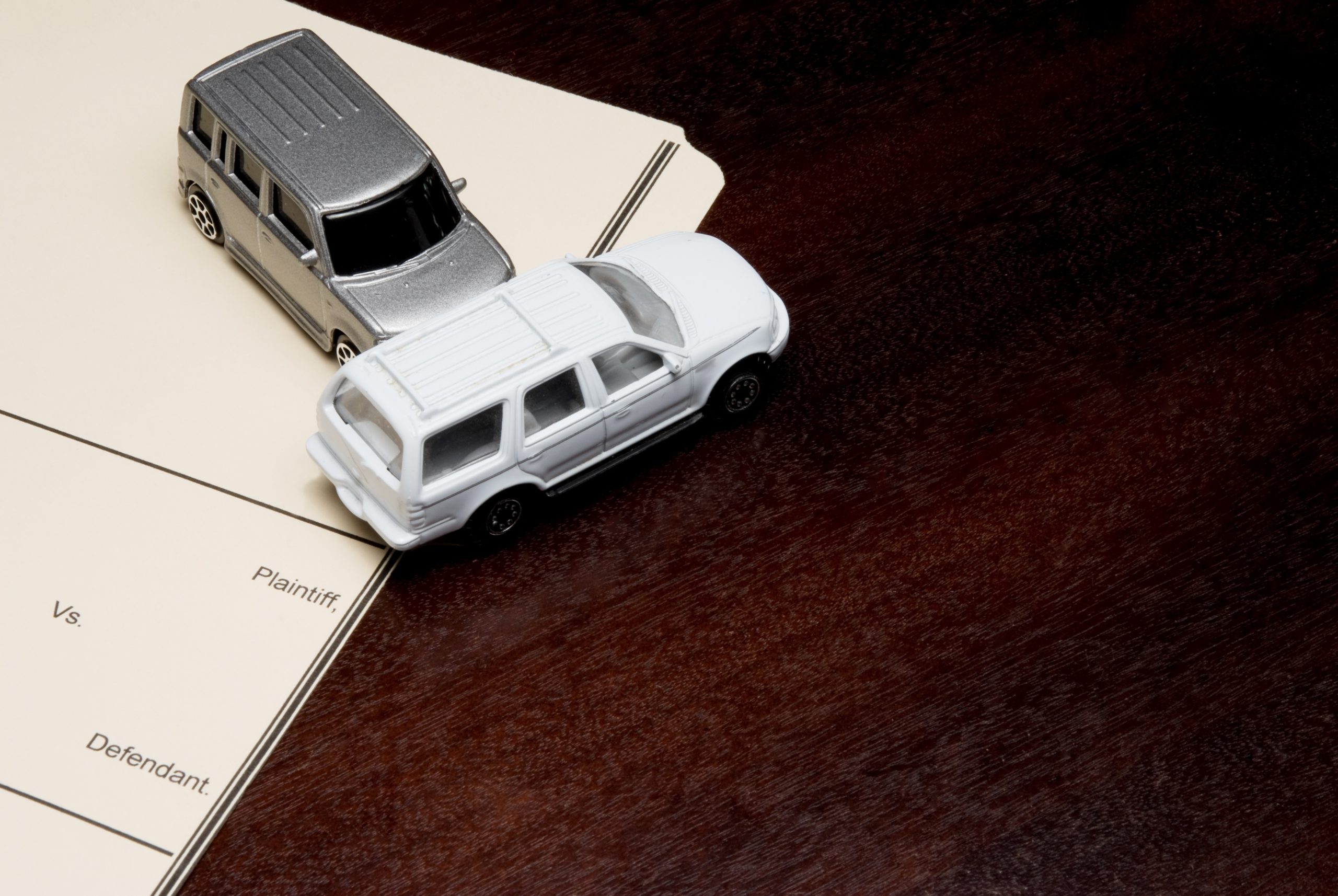 After being severely injured in an accident, you are likely feeling shocked and overwhelmed. If someone else’s negligence or recklessness caused your accident, you might be entitled to pursue a personal injury claim. However, litigation can be nerve-wracking, especially when you are still coping with devastating physical pain and emotional trauma. Even minor proceedings may seem complicated if you have never filed an insurance claim or pursued a lawsuit in court.
After being severely injured in an accident, you are likely feeling shocked and overwhelmed. If someone else’s negligence or recklessness caused your accident, you might be entitled to pursue a personal injury claim. However, litigation can be nerve-wracking, especially when you are still coping with devastating physical pain and emotional trauma. Even minor proceedings may seem complicated if you have never filed an insurance claim or pursued a lawsuit in court. 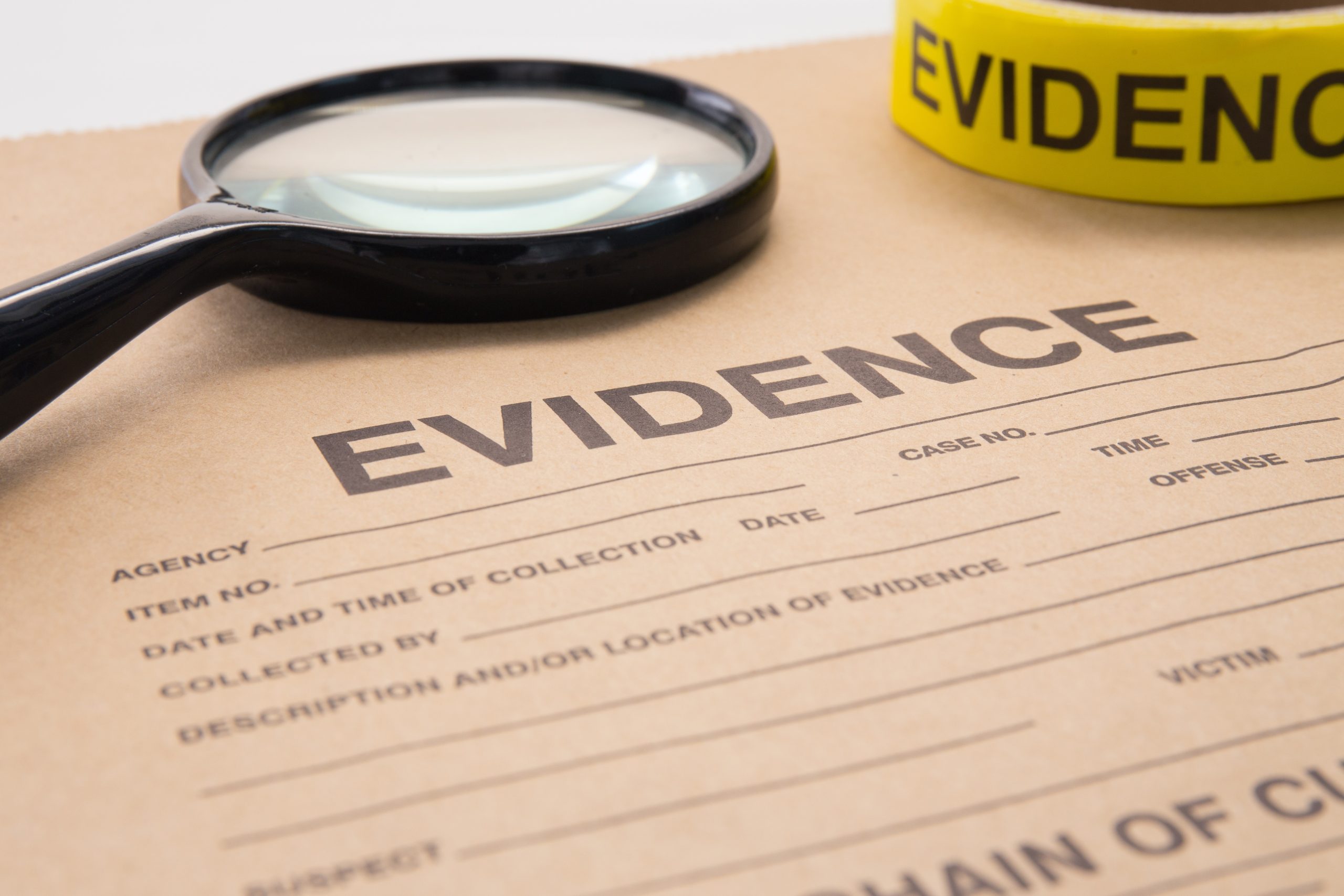 Under New York law, victims carry the burden of proof in lawsuits. In other words, to hold the other party responsible for your damages, you must first prove that their negligence caused your injuries. This means that you will need to present evidence to support your claims. As a general rule, the more evidence your attorney has to support your claim, the better the result you can expect. However, collecting evidence can be overwhelming, especially if you need help knowing where to start.
Under New York law, victims carry the burden of proof in lawsuits. In other words, to hold the other party responsible for your damages, you must first prove that their negligence caused your injuries. This means that you will need to present evidence to support your claims. As a general rule, the more evidence your attorney has to support your claim, the better the result you can expect. However, collecting evidence can be overwhelming, especially if you need help knowing where to start. 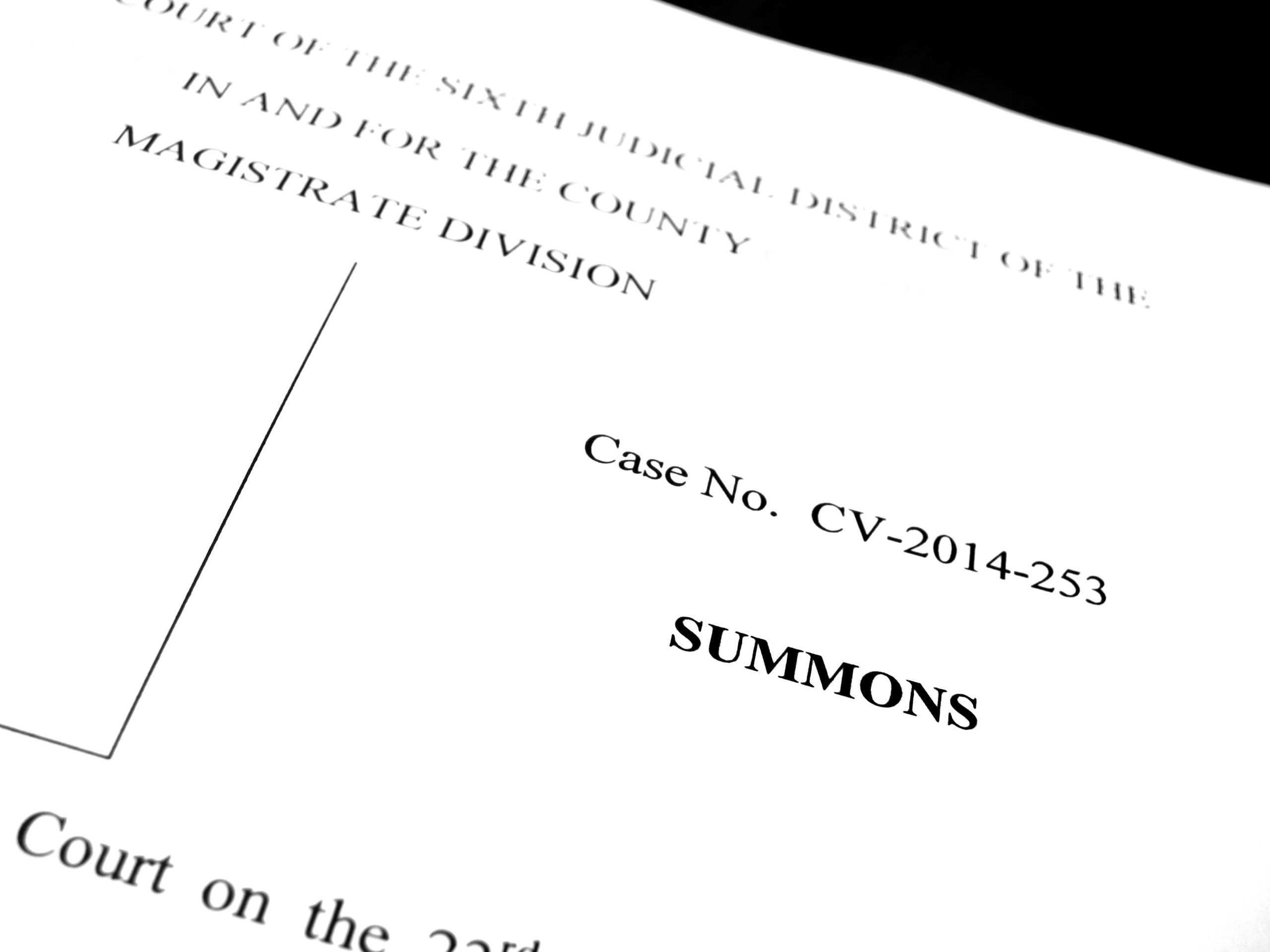 After being injured in an accident, knowing what to expect when pursuing your claim brings you peace of mind. Some of our most frequently asked questions are about the summons. At the beginning of a lawsuit, a summons and complaint are two legal documents served to all defendants. The summons informs the defendant of the plaintiff’s commencement of the legal action and demands that they answer the complaint.
After being injured in an accident, knowing what to expect when pursuing your claim brings you peace of mind. Some of our most frequently asked questions are about the summons. At the beginning of a lawsuit, a summons and complaint are two legal documents served to all defendants. The summons informs the defendant of the plaintiff’s commencement of the legal action and demands that they answer the complaint.  With an average of nearly 94 inches of snowfall per year, many Buffalonians consider driving through the snow to be a rite of passage. Unfortunately, driving anywhere in the winter can be extremely dangerous, especially during freezing conditions. When the temperature drops, ice often rapidly develops on our roads, highways, and parking lots. Since ice can make it difficult for a vehicle’s tires to maintain traction and significantly reduce friction, the rate and severity of car accidents drastically increase during winter. According to the National Highway Traffic Safety Administration (NHTSA), in a recent year alone, victims of wintry condition crashes suffered 374 fatalities and roughly 25,000 injuries.
With an average of nearly 94 inches of snowfall per year, many Buffalonians consider driving through the snow to be a rite of passage. Unfortunately, driving anywhere in the winter can be extremely dangerous, especially during freezing conditions. When the temperature drops, ice often rapidly develops on our roads, highways, and parking lots. Since ice can make it difficult for a vehicle’s tires to maintain traction and significantly reduce friction, the rate and severity of car accidents drastically increase during winter. According to the National Highway Traffic Safety Administration (NHTSA), in a recent year alone, victims of wintry condition crashes suffered 374 fatalities and roughly 25,000 injuries.